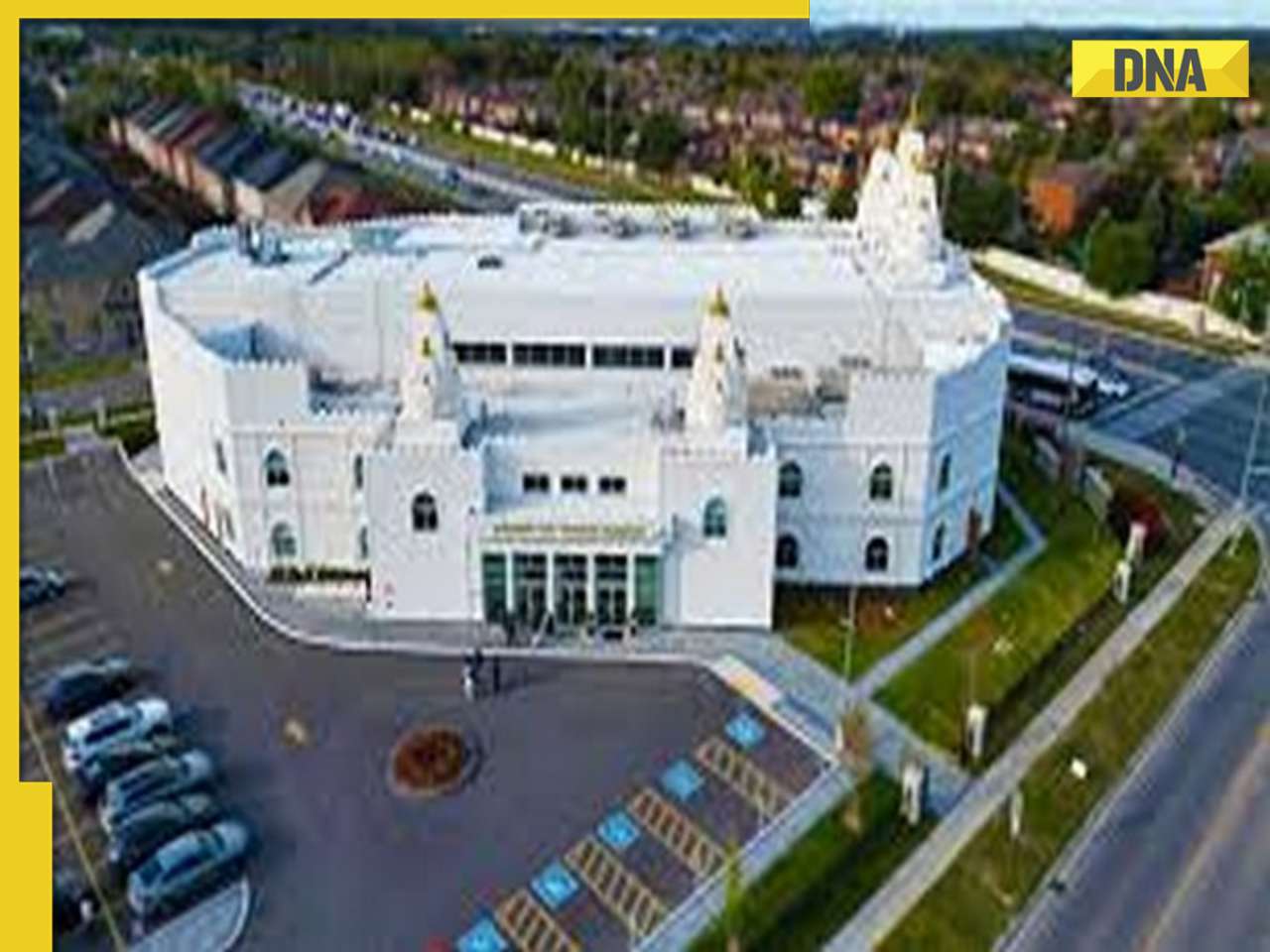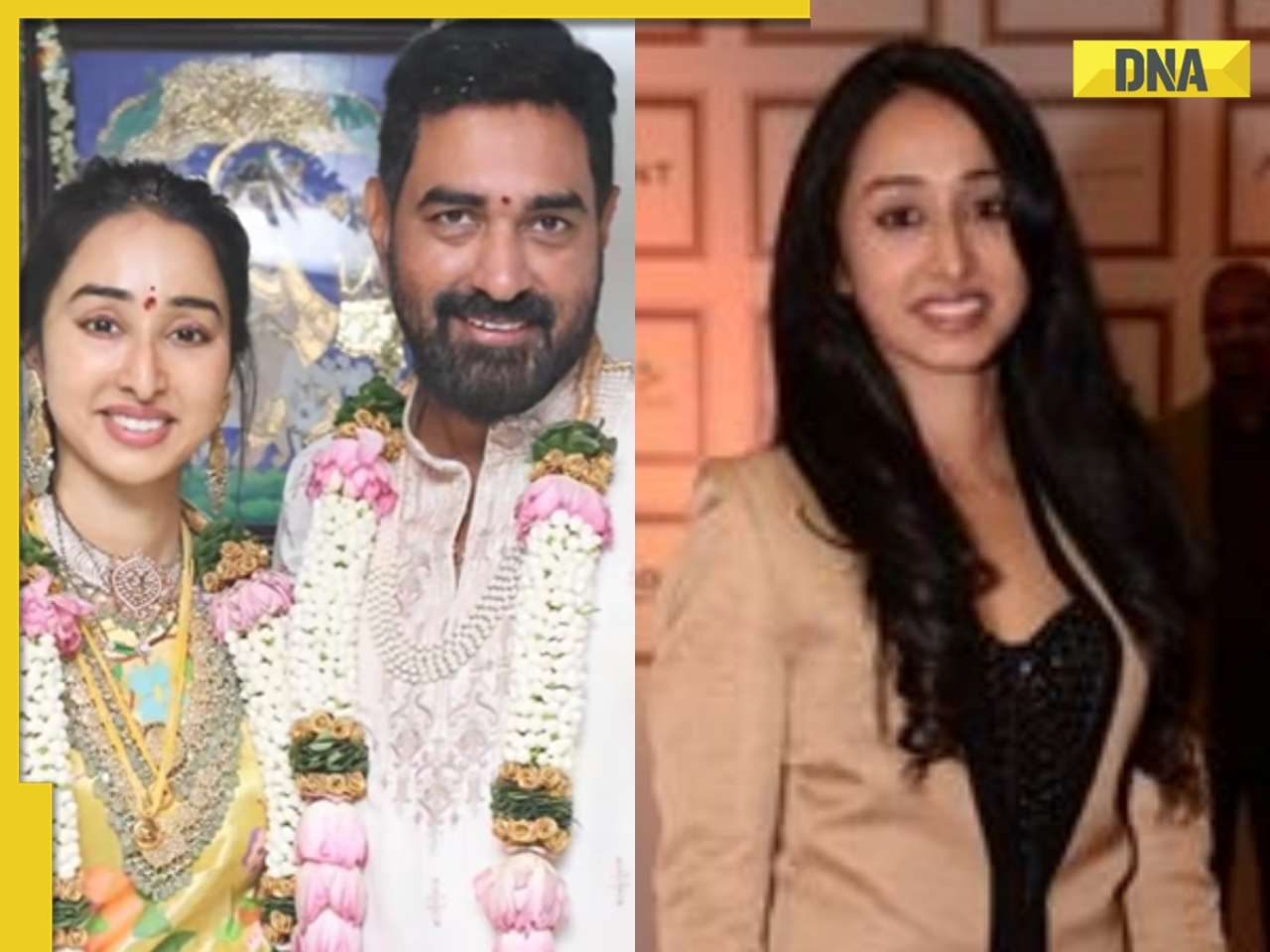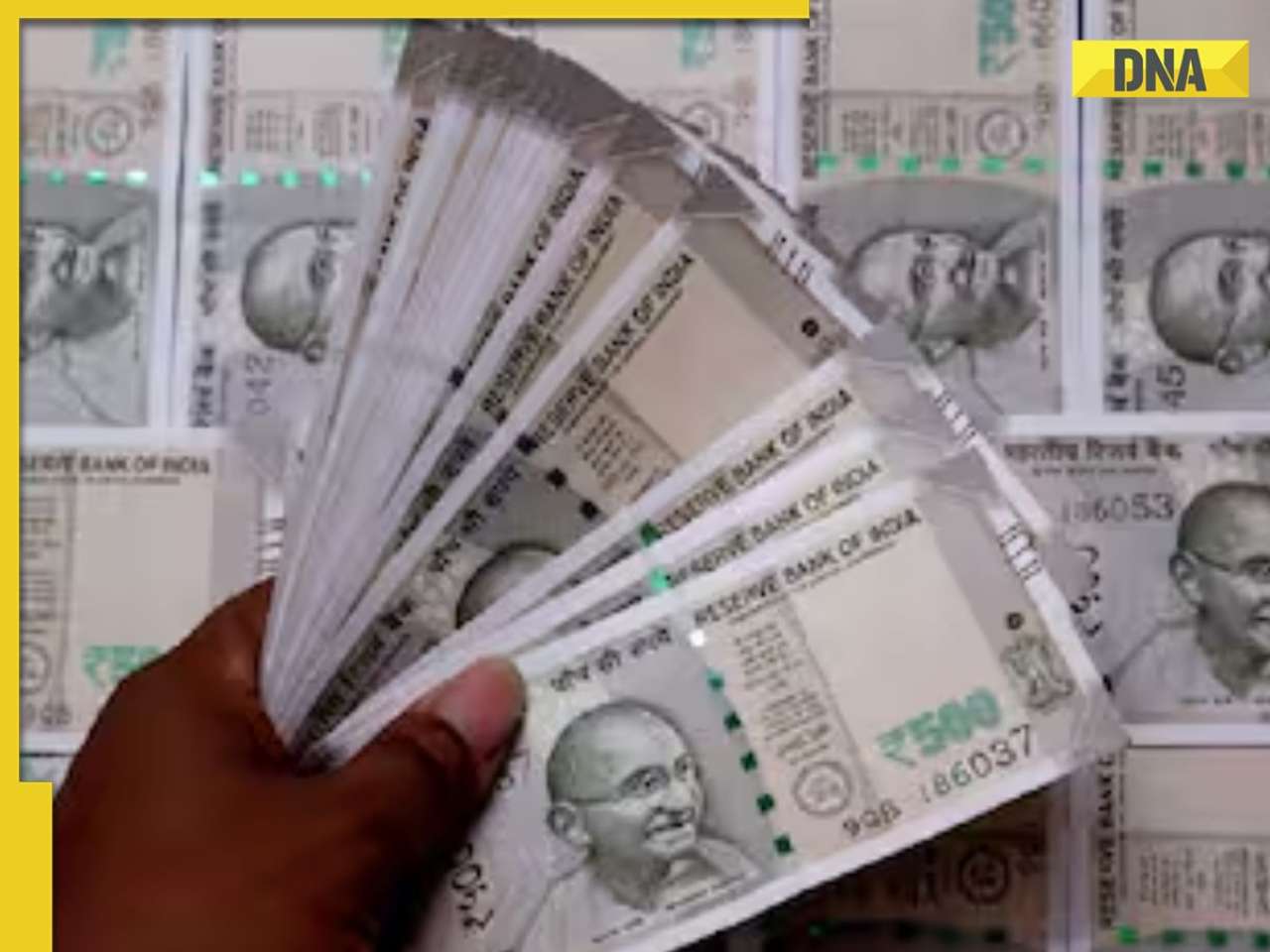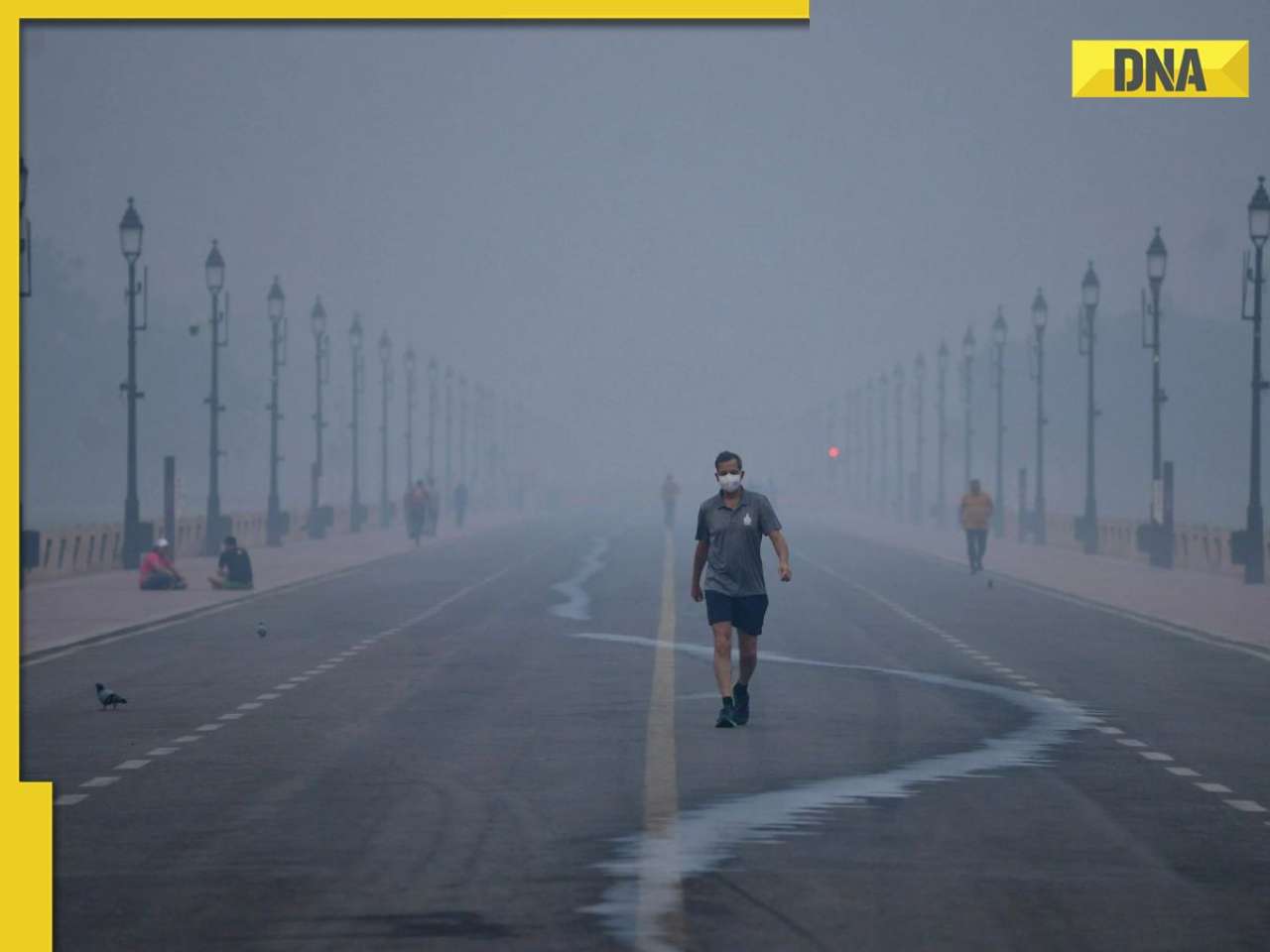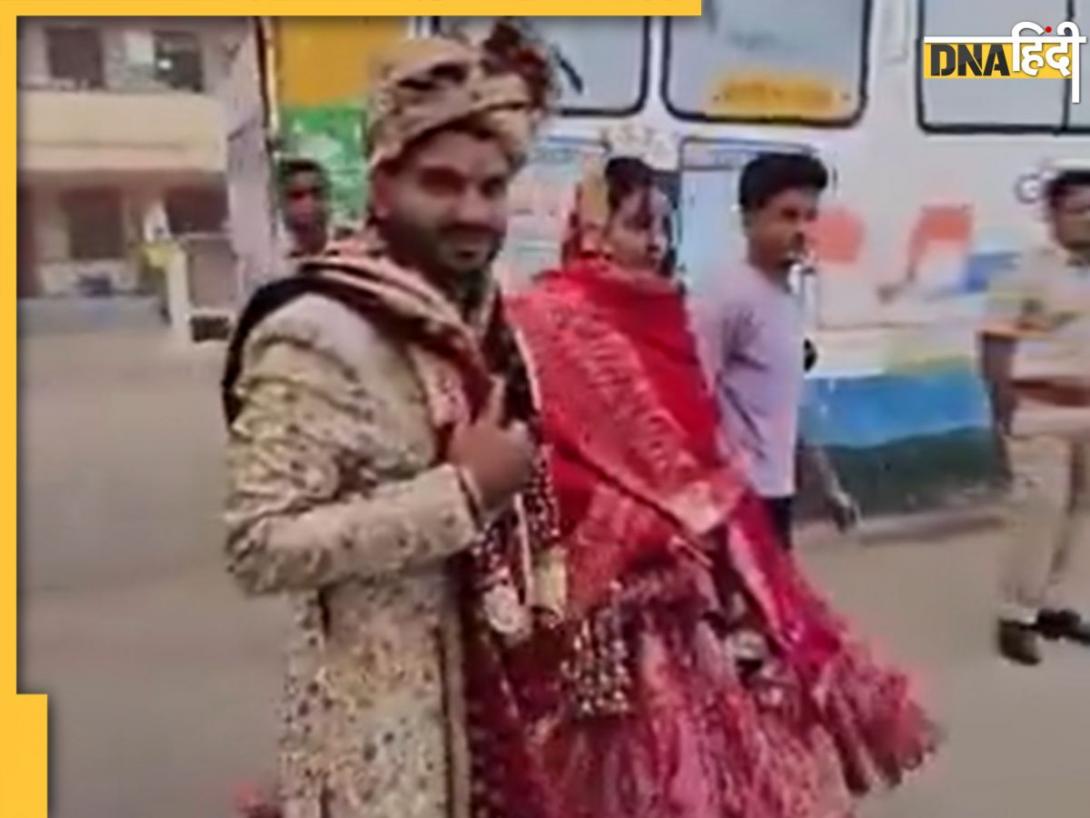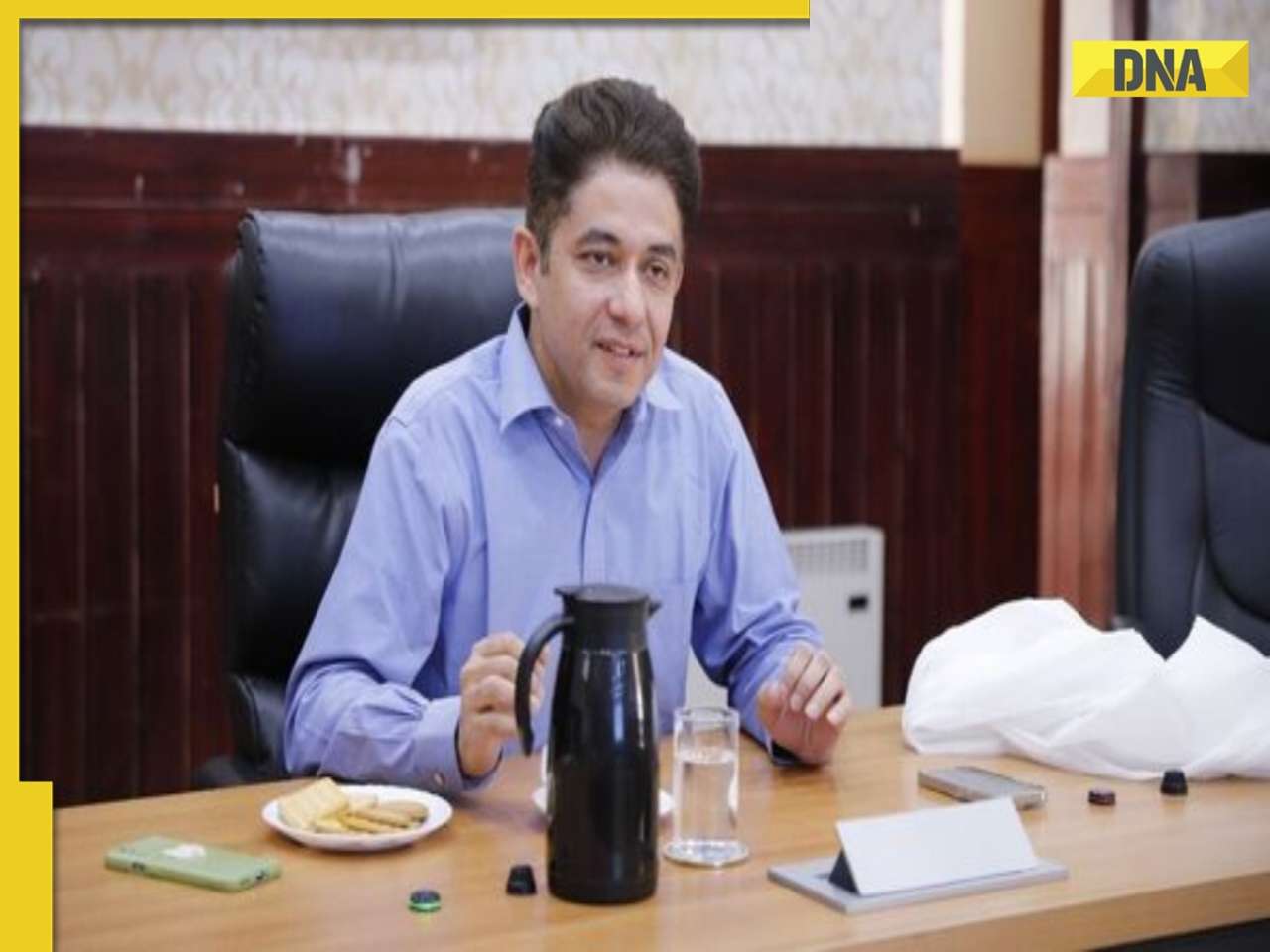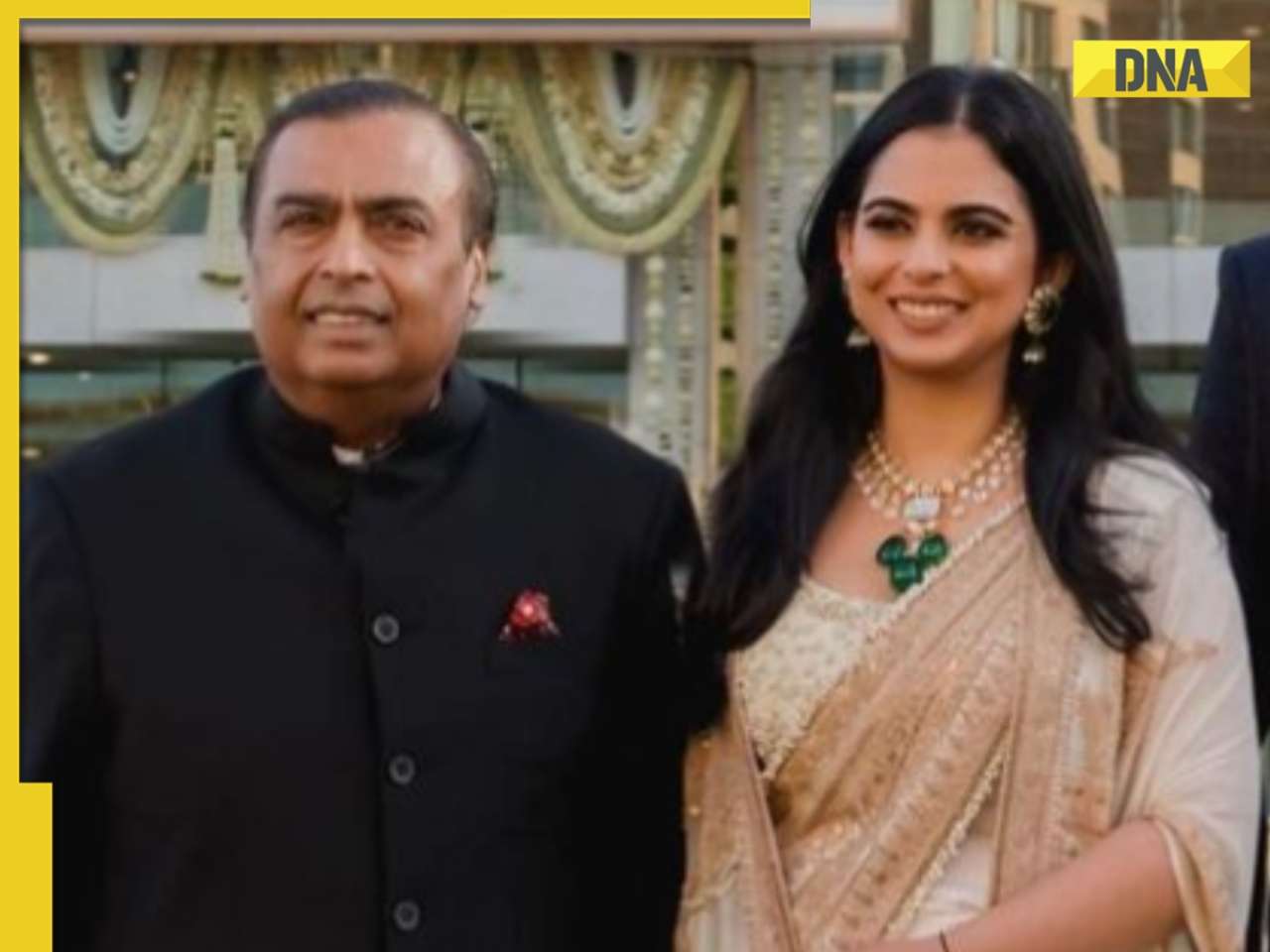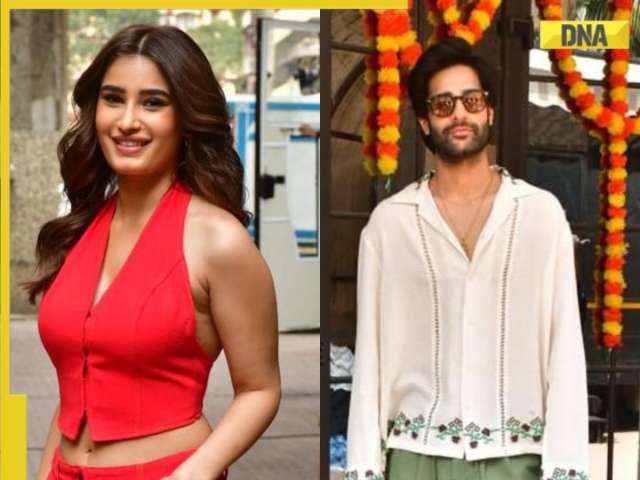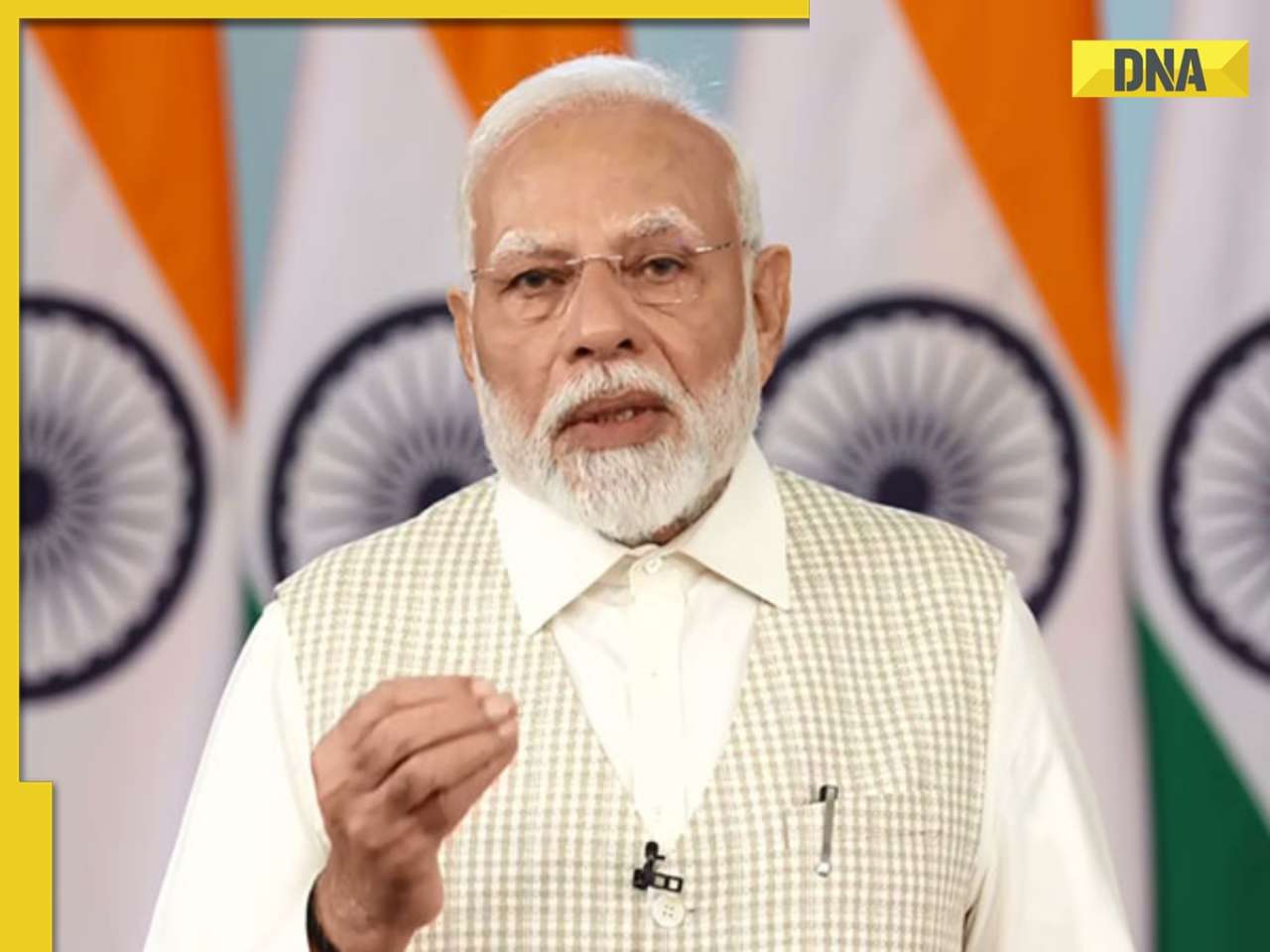- LATEST
- WEBSTORY
- TRENDING
MUMBAI
Tulshibaug beckons visitors with an age-old allure
The quaint marketplace draws local and foreign visitors from every corner of the city and all walks of life. DNA explores
TRENDING NOW
Bazaars have been the most charming characteristic of the East, bustling with activity and thronged by people from all walks of life, seeking all sorts of goods. Pune’s Tulshibaug is one such marketplace, which attracts a horde of local and foreign visitors.
So what is it about this place that draws people to it like moths to a flame? Founded in February 1761 with the establishment of Shri Ram Mandir by the Khire family, the area was literally a Tulshibaug, a garden full of holy basil. Ramdas Tulshi Baugwale, a descendent of the Khires and trustee of Tulshibaug says, “Shops started springing up in Tulshibaug in the early 1900s, but the market started developing around 1960.” It is now a one-stop spot for every conceivable item, from utensils and jewellery to ayurvedic medicines, low-priced footwear and clothes.
Anjali Joshi, who works at JW Consultants, says the marketplace is popular among the women because there is something for people of all ages. “It has traditional Maharashtrian utensils made of copper, which have been used by women since the time of the Peshwas. You will find a variety of puja samagri, children’s jewellery, charming gift articles and other decorative items,” she says.
The most popular shop here is B Ramachandra, which has been around since 1950. It sells copper lotas, stone khalbattas for crushing spices, sorya for making the perfect chaklis and iron katai along with charming little toy utensils made of brass. The shop also caters to brass idols of every size, curtain bells, and unique items like the divti budhli, which is used to worship Khandoba.
Fereshteh Arbab, a student, says she loves the jewellery sold here. “It is old and beautiful. The women thronging the market in traditional clothing are a sight to behold. I have bought rudraksh necklaces and some shawls from the market,” she says.
This market also has items that Hindu scriptures prescribe. The 79-year-old Bhorke Saraf shop has 700 types of yantras (spiritual devices), including the Sri, Kuber, Sade Sati and Vastu Dosh Nashak and Vyapaar Buddhi (business sense) yantras. Also available are pratimas with gods, goddesses and animals embossed on metals, all types of precious and semi-precious stones, crystal pyramids, silver scissors used while shaving off a baby’s hair for the first time and jivti pendants for the long life of a child. The shop also specialises in blue sapphire rings set in iron, which are prescribed by astrologers to please lord Shani, not found elsewhere in Maharastra.
Jewellery like the Kolhapuri saaz (necklace), chinchpoti, nath (nose ring) and kambarpattas are also found here. There are numerous shops that sell plastic items.
On the Ram Mandir premises, there is Shanti General, which solely houses articles that are kept in the rukhvat- a decorative display of colourful items in Maharashtrian weddings. Here, you can get beautifully bright tokris and bail-gadis (bullock carts), a golden-coloured coconut decorated with beads and various malas.
The Ambadas Vanavshadhalay, which was founded in 1939, is an ayurvedic shop specialising in a variety of medicinal herbs. It caters to specially prepared utna (fragrant herbal paste applied before having a bath during Diwali). You can grab a quick, spicy bite of some delicious missal at local food stalls such as the Sri Krishna Bhuvan started since 1941.




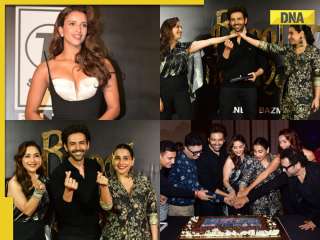



)
)
)
)
)
)
)
)
)
)
)
)
)
)
)






